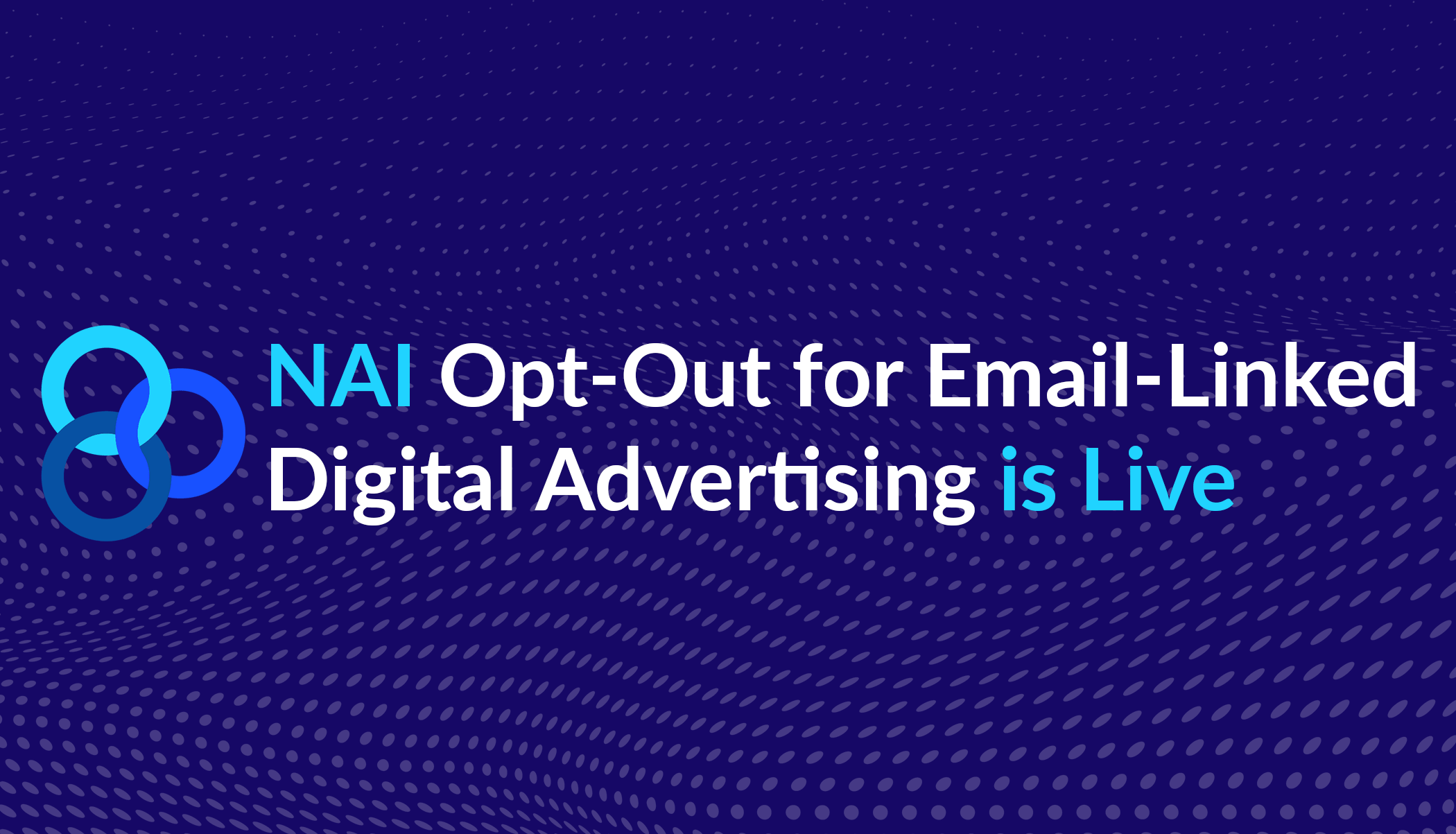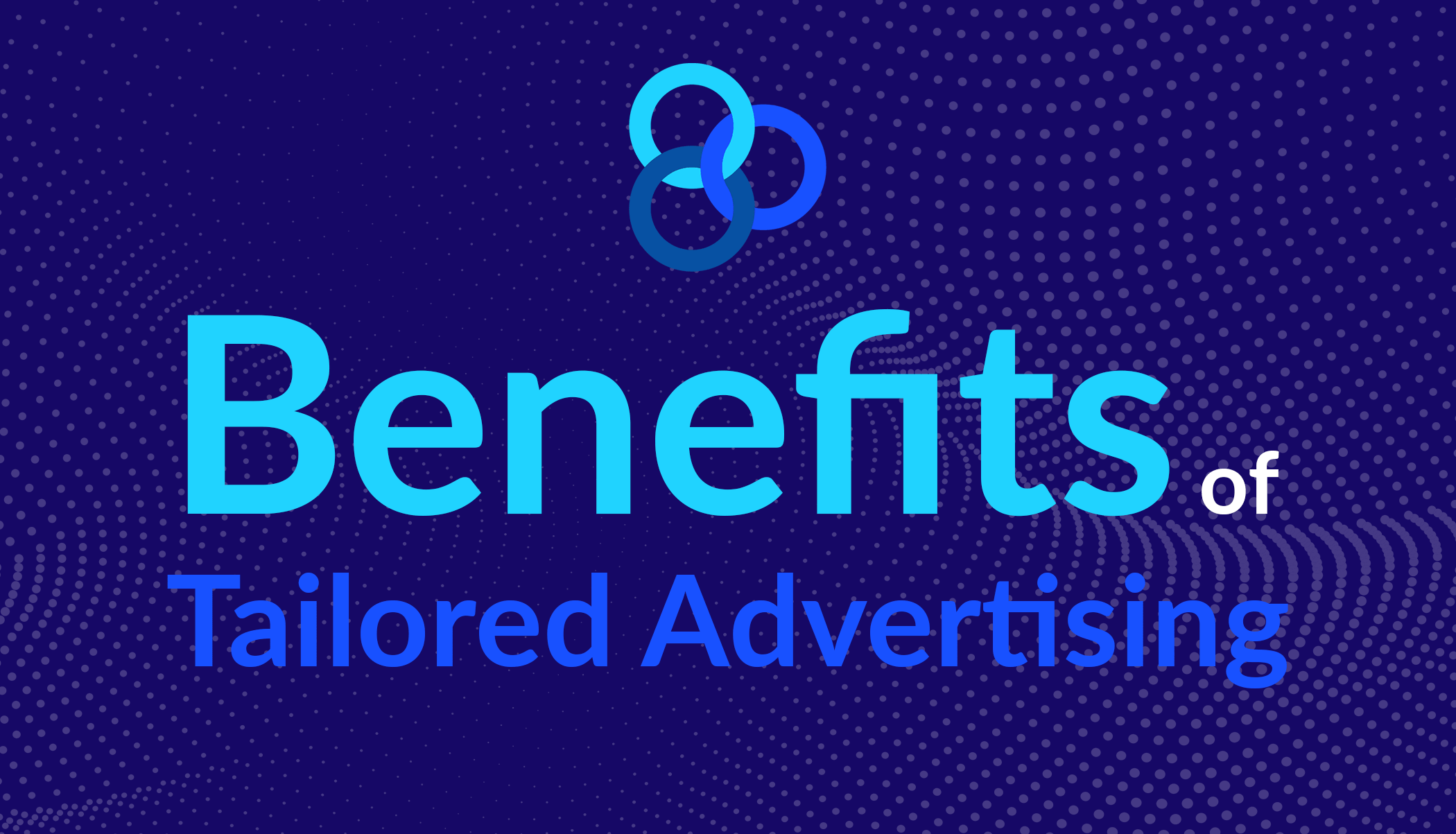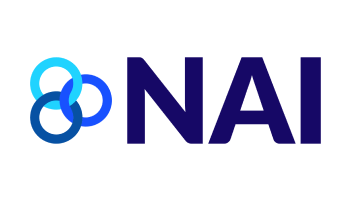Q&A with Anthony Matyjaszewski, Counsel & Director of Compliance
You’ve been with NAI for over 3 years now, and you still work for NAI from the organization’s original location in the state of Maine.
That’s true – I have been working for the NAI since 2011. I was hired as a law clerk while at University of Maine School of Law, when the organization’s main office was based in Maine. Since then we have expanded our presence in the technology stronghold of New York City, and the regulatory hotbed of Washington DC, which home to NAI’s headquarters. I wouldn’t be surprised if we expand even further over the coming years!
What made you want to join NAI?
During my time at the University of Maine School of Law, I focused on privacy law and I was incredibly fortunate to land at NAI. The NAI allowed me the opportunity to continue that trajectory. Through pure serendipity, I attended a law school with regular access to both NAI and IAPP, so I took advantage of that and interned at both organizations. That helped me realize that privacy, especially in light of the possibilities of data collection present online today, is of paramount importance.
Another factor that drew me to working on privacy issues is that there is relatively little law currently on the books, at least compared to other fields. That means our work relies less on prior jurisprudence, but rather, focuses on actively helping to drive future policy in the sector. NAI members help set strategy and guidance, with the assistance of NAI staff, rather than rely strictly on rules set by others in the past. Frankly, as fast as technology advances, that is a wonderful thing, because we have to rewrite and reevaluate the rules almost on a yearly basis. Speaking of technology, that has been a lifelong passion of mine dating back to childhood. I couldn’t be any happier than I am working at the crossroads where privacy, technology, and digital media meet.
Of course, great organizations need to have outstanding staff. Here, the NAI really shines. We have a team of incredibly savvy individuals, who think pragmatically about our role in the ecosystem without succumbing to knee-jerk reactions that can often do more harm than good, both for industry and for consumers. Every day I am amazed at the level of sophistication in our team’s analysis of the issues, and I have learned so much from my coworkers.
In your opinion, what is the NAI all about?
Essentially, we help the websites that we all love to read, especially those without a broad reach, to get paid for their content, while working with the companies that collect data on those sites and use it to select ads, to do so in a responsible and consumer-friendly manner.
An important thing to understand about NAI – and about my job in particular – is that we are in constant contact with our member companies. Everything that we do is informed by the experiences of our members and by the rapidly changing technology in our space.
This means that when we put forth new policies or principles, we’ve heard from all aspects of the ad tech industry. We speak daily with our members, ranging from the companies representing web publishers, who provide the content we all love to access on a daily basis, and the exchanges, who enable real-time trading of advertising inventory on those websites, as well as the companies that add further insight into those advertising decisions by providing demographic data about consumers, all the way to companies who represent the advertisers selling their product.
At the same time, we set rules that really matter. We try to ensure that consumers have notice of data collection, and appropriate choice over its use for Interest-Based Advertising. We also help to ensure that targeted ads based on sensitive health conditions or sexual preference, among a number of other factors, are not presented to users without affirmative consent.
Essentially, we help the websites that we all love to read, especially those without a broad reach, to get paid for their content, while working with the companies that collect data on those sites and use it to select ads, to do so in a responsible and consumer-friendly manner.
Tell our readers a little about your job.
The NAI Code of Conduct doesn’t mean much without a compliance program to help ensure that companies are actually following the rules. What I love about the NAI is that we offer self-regulation that holds our members accountable.
A large portion of my job centers on the compliance program at NAI, both in evaluating potential new members and current members for compliance with the NAI Code. We try to ensure that all member companies are in a good position to comply with our Code of Conduct. As part of that process, I also help to manage the NAI’s responses to allegations of member noncompliance with the Code. Most of the work we do is behind the scenes, in spotting potential issues and helping member companies fix any problems before they become widespread and affect a significant amount of consumers. I think people may not realize how often we reach out to members with small issues, which are then addressed rapidly, before they can turn into big problems. Of course, when stronger action is necessary, the NAI has not hesitated to bring forth public sanctions procedures as well.
When I am not working on compliance matters, I also help drive policy at NAI, along with the rest of the NAI team. We all contribute toward drafting guidance and policy, and I’m happy with all the input I have been able to provide, especially around the NAI’s policy around health-related targeting. That is something I’m particularly passionate about.
What do you see coming next for NAI and the digital advertising industry more generally?
There are a number of evolutionary technologies on the horizon. The NAI is working on guidance for member use of non-cookie technologies, such as statistical identifiers, for Interest-Based Advertising. I am also excited to see growth in strategies for onboarding offline data for use in online ad targeting, and cross-device targeting and attribution. These technologies have the potential to further bolster the health of the ecosystem, and to help website publishers deliver even better content, if they are handled in a responsible manner with adequate notice and choice for consumers. Naturally, these new technologies need some time to develop and mature, so that any self-regulation can be applied equitably and without stymying innovation. It is too early to discuss how NAI may approach these new technologies, but the potential for the industry to grow is tremendous. What a great time to be working in this space!








